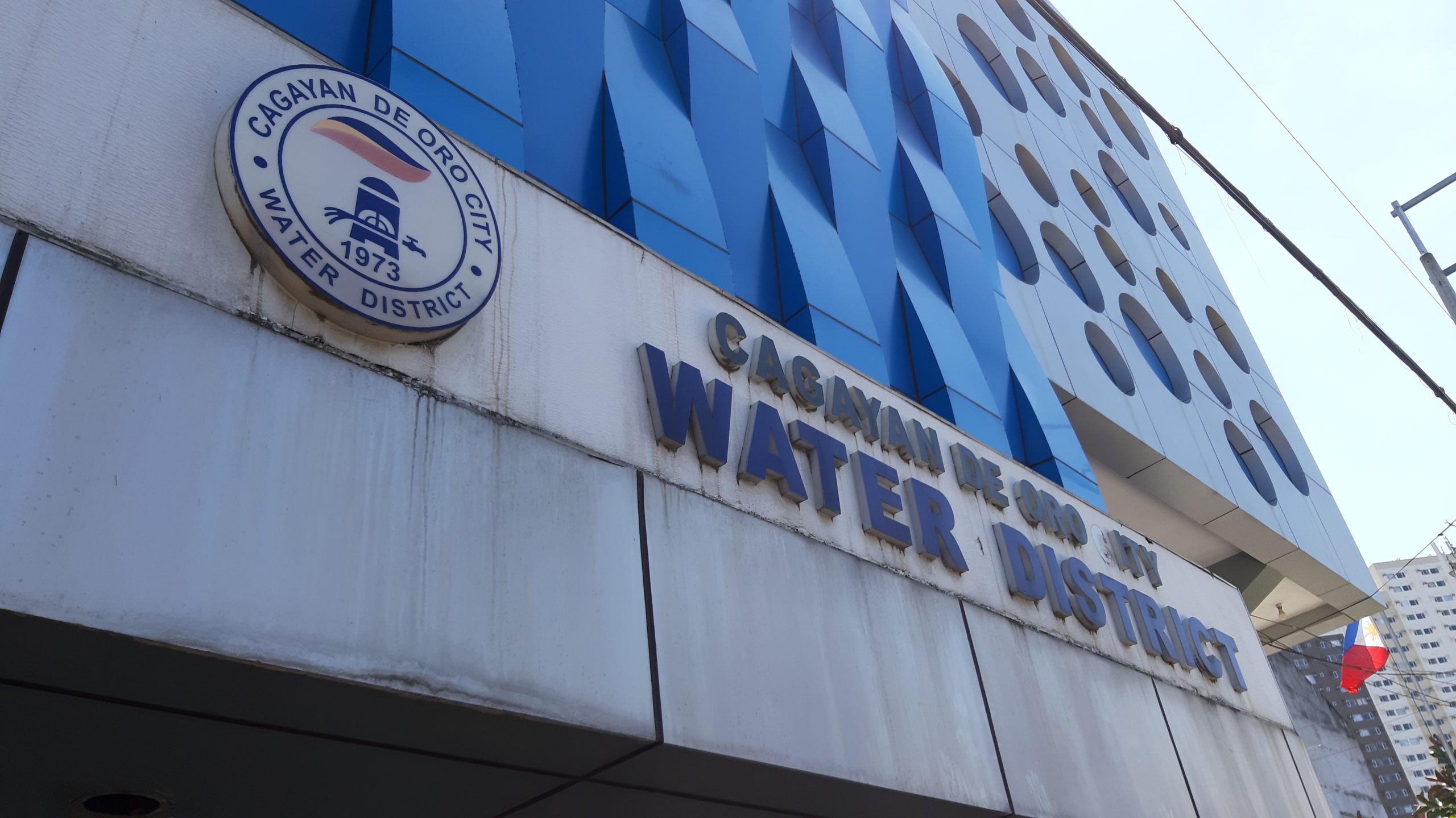Ike Señeres
ACCORDING to some estimates, about one third of our national budget is eaten up by corruption. Imagine how many billions that would amount to, over many past administrations, going back as far as we can remember. Imagine also what kind of infrastructure we would have by now, if only that money did not go to corruption. Of course, we could say that perpetuating corruption and building infrastructure are two separate paths of human activity, but still we could say that if only there is lesser corruption, there would be more infrastructures. Although we have heard many promises in the past administration about building infrastructure, it seems that it is only in this administration that such promises are being coupled with a political resolve to also quash corruption as a parallel activity.
Perhaps, over the years our people may not totally understand what good infrastructure really means, because they have never tasted it, at least those that are of the highest quality. On the contrary, our people have tasted the effects of missing infrastructure, although many of them may not fully perceive the cause and effect relationship that actually governs it. Thus, our people would experience terrible traffic flows and horrible flash floods while wishing that some kind of infrastructure would be built sooner or later, in order to prevent these problems from happening, or at least to somehow lessen its effects. Meanwhile, we have to bear with highways that are below standard, and train services that are hardly reliable.
Without any doubt, building more infrastructures would certainly bring us to a win-win situation that would not only be good for us who are living today, but also good for the generations of Filipinos who would come after us. Looking at this from another perspective, it could actually be one way for us to pay back or make even with these future generations, for destroying the environment to an extent that they would no longer be able to enjoy it or even see it as much as we did, or as much as the generations before us have done. Furthermore, it may also serve as an assurance that we would not bequeath to the future generations the state of poverty that we are experiencing now.
For sure, we could come up with a long list of missing infrastructures as soon as we start making an inventory. Before doing that however, we could actually start by paying attention to the two mantras that have been affecting our agriculture and education sectors. For so many decades now, our farmers have always been complaining about the lack of irrigation, farm-to-market roads and post-harvest facilities. In the case of education, school administrators have been complaining about the lack of classrooms and textbooks. Perhaps in the past, textbooks were not considered as part of infrastructure but in this age of technology, our schools would already need advanced learning laboratories that would have to be built as part of infrastructure.
Technically, the generally accepted term is actually “built infrastructure”. That may sound redundant, but it is a question of acceptance. Included in that term is anything and everything “built”, as opposed to anything and everything that is natural, or born out of divine creation. Looking ahead however, the trend of the future is the so-called “internet of things” (IOT) and what that means is that from now on and in the future, practically every aspect of built infra will be connected to the internet, and anything and everything could be controlled by the internet, or through the internet. In other words, all kinds of infra, horizontal or vertical would have or should have IOT devices with built-in sensors or chips.
It goes without saying that broadband connectivity to the Internet should be part of the “built infra”. And mind you, it should not just be any connectivity that could pass for “acceptable”, but super high speed internet. In today’s paradigm, we have physical superhighways that are slow to travel in, simply because these are too narrow and with poor surface quality. From now on and in the future, we should therefore have information superhighways where the flow of online traffic is fast; otherwise the flow of data would also be slow, thus defeating the purpose. In today’s paradigm, we have trains that always breakdown, while other countries already have high speed trains running smoothly.
It also goes without saying that the built infra of the future should also be capable of ultra modern agriculture, wherein it would already be possible to have IOT devices and sensors that could monitor heat, coldness, motion, salinity among other indicators. That future built infra should be able to deliver irrigation water as fast as the internet could deliver data. Behind all the broadband connectivity and the web of sensors, there should also be affordable and reliable digital services in the internet cloud that is backed up by big data, data analytics and everything else that is needed to create new value added out of anything and everything that could be grown sustainably.
E-mail: iseneres@yahoo.com
Disclaimer
Mindanao Gold Star Daily holds the copyrights of all articles and photos in perpetuity. Any unauthorized reproduction in any platform, electronic and hardcopy, shall be liable for copyright infringement under the Intellectual Property Rights Law of the Philippines.












